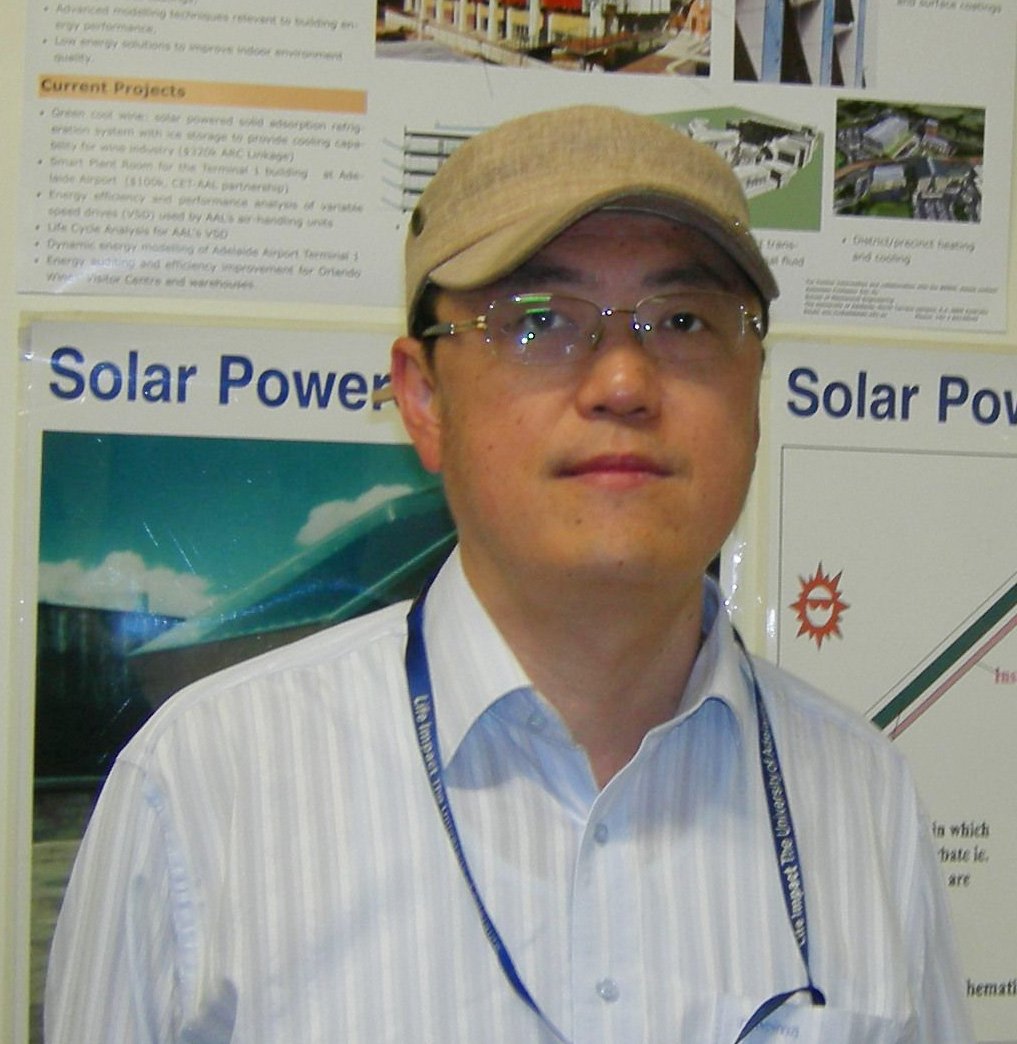Enhancement of the Performance of Photocatalytic CO2 Reduction
A special issue of Catalysts (ISSN 2073-4344). This special issue belongs to the section "Photocatalysis".
Deadline for manuscript submissions: 5 September 2024 | Viewed by 474
Special Issue Editors
Interests: smart city utilizing renewable energy; electro-chemical energy processes; heat and mass transfer processes; renewable energy based electrolytic hydrogen production; fuel cell technologies; smart city orientation for wind and solar energy applications; photocatalytic CO2 reduction
Special Issues, Collections and Topics in MDPI journals
Interests: solar thermal applications; refrigeration and air conditioning systems; ground-sourced air-conditioning systems and heat pumps; solar thermal power generation; solar thermal cooling; engineering thermodynamics
Special Issues, Collections and Topics in MDPI journals
Special Issue Information
Dear Colleagues,
Global warming is an issue of worldwide significance. Many countries have set goals to reduce the quantity of emissions produced by 2030 and 2050. Photocatalytic CO2 reduction is one technology that holds promise with regard to solving the problem of global warming. This involves carbon capture and usage (CCU), during which CO2 can be converted into fuel. However, the performance of photocatalytic CO2 reduction remains low, and thus CCU cannot yet be realized. Therefore, this Special Issue focuses on this new concept in order to enhance the performance of photocatalytic CO2 reduction. Because many researchers are attempting to develop new photocatalysts and a photocatalytic reactor to enhance the performance of photocatalytic CO2 reduction, this Special Issue is a good chance for them to exhibit their achievements and discuss the new concept. The Guest Editor looks forward to receiving many papers for this Special Issue.
Dr. Akira Nishimura
Dr. Eric Hu
Guest Editors
Manuscript Submission Information
Manuscripts should be submitted online at www.mdpi.com by registering and logging in to this website. Once you are registered, click here to go to the submission form. Manuscripts can be submitted until the deadline. All submissions that pass pre-check are peer-reviewed. Accepted papers will be published continuously in the journal (as soon as accepted) and will be listed together on the special issue website. Research articles, review articles as well as short communications are invited. For planned papers, a title and short abstract (about 100 words) can be sent to the Editorial Office for announcement on this website.
Submitted manuscripts should not have been published previously, nor be under consideration for publication elsewhere (except conference proceedings papers). All manuscripts are thoroughly refereed through a single-blind peer-review process. A guide for authors and other relevant information for submission of manuscripts is available on the Instructions for Authors page. Catalysts is an international peer-reviewed open access monthly journal published by MDPI.
Please visit the Instructions for Authors page before submitting a manuscript. The Article Processing Charge (APC) for publication in this open access journal is 2700 CHF (Swiss Francs). Submitted papers should be well formatted and use good English. Authors may use MDPI's English editing service prior to publication or during author revisions.
Keywords
- photocatalyst
- CO2 reduction
- catalyst development
- reactor design
- light absorption






